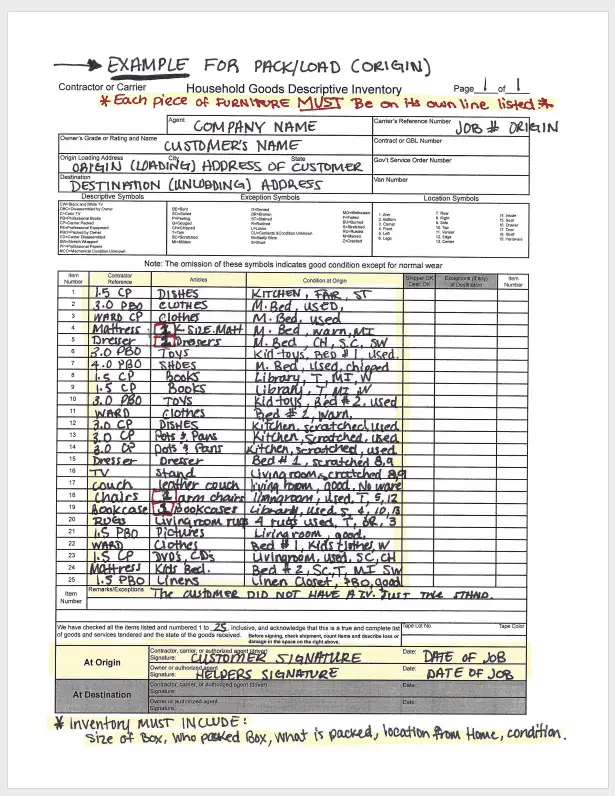What’s the meaning of life? Where does the universe end? How much to tip movers?
For some questions, there are no simple answers. But we’re going to give it a shot.
First off, let me say that as a mover: I never thought I was entitled to a tip. Like my fellow crew members, I operated on the idea that it was completely up to the customer to decide whether to tip or not. All we movers could do was provide great service and hope (and we did hope!) that our customers would be impressed enough to loosen up their wallets.
When they did, we were appreciative. When they didn’t, there wasn’t much we could do but shrug our shoulders and head home.
The reasons you might want to tip your movers are many: they were professional and courteous; they did great work; they handled all of your questions and requests gracefully; they arrived on time, finished on time, and didn’t waste any time in between. Maybe they just did their job, not scratching or cracking a single thing.
On the other hand, perhaps your movers didn’t live up to your expectations. Maybe they took too many cigarette breaks or used a lot of bad language. Maybe your situation makes tipping your movers tough. Bottom line is, the decision on how much to tip movers is yours.
If you do decide to tip, great. Your crew will be delighted. Now the question is:
How much do I tip?

Other recommendations call for $4-5 per hour, per mover, or $6-8 per hour if you are really impressed with their service.
Another way to figure how much to pay movers is by using a percentage of the cost of your move – 5-10% seems to be the standard range. In some cases – like hiring HireAHelper movers for the day – this will work out because you know what the total cost of the day’s move will be. But if you are moving long-distance, a good chunk of the cost of your move goes toward transportation, making it pretty tough to figure out the cost of a single day’s labor.
See prices for movers by the hour – instantly.
Read real customer reviews.
Easily book your help online.
Think it’s getting too complicated? Let me let you in on a little secret: movers don’t care about the math. So instead of getting hung up on hourlies and percentages consider setting a baseline tip you can afford (maybe the $10 or $20 per mover mentioned above) and then bump it up or down depending on how skilled, polite and professional your crew members were.
Another factor to consider when calculating how much to tip movers is the difficulty of your move. Did your movers have a lot of heavy stuff to deal with? Were there a lot of stairs, or was it all uphill from the truck to your front door? Did they disassemble or reassemble a bunch of furniture for you? And did they handle it all like true professionals?
Protip: There are two ways movers can get paid:
- Hourly, as is the case with HireAHelper movers.
- By the job, which is usually the case for a long-distance move.
Getting paid hourly means your movers will automatically be compensated for the time it takes to negotiate those extra stairs and carry all your stuff up your sloped driveway to your front door and finally, into your home. Getting paid by the job means they won’t. Just something to keep in mind.
Note: Some van lines will charge fees for “accessorial services” like extra flights of stairs or long distances between truck and front door. The movers doing the grunt work, however, may or may not see much of these added charges.
How do I tip?

Handing out tips to your movers individually ensures no one gets stiffed. More than this, it’s a powerful and personal gesture. I always appreciated being given any tip directly, accompanied by a thank you and a handshake.
Want to really show your appreciation? Call your movers by name throughout the move, as well as at the end. When you are tipping them, thank them for something they did well, or something that you appreciated. This kind of positive feedback puts you in rarified “awesome customer” territory. It can also, in your movers’ minds, make the money seem secondary. (Well, almost.)
What if you notice one or two of your movers working harder than the others?
Is it okay to give them a little extra? Absolutely. How much to tip movers can depend directly on each individual’s performance. Should you be secretive about it? That’s a trickier question to answer. One customer once whispered in my ear as he slipped me a great tip: “Don’t tell the other guy how much I gave you.” To be honest, I thought the other guy worked just as hard as I did, so the ride back was pretty uncomfortable. (On other days I would have felt fine if the customer gave me more than the slouch taking all those cigarette and pee breaks.)
If you feel you should reward one or more of your movers for going above and beyond, go for it. Saying something more like “Thank you for the extra effort” as you hand them their tip is one way to articulate why you are giving them a little extra.
When do I tip?

If this is how you operate, great. Your movers won’t mind being tipped for showing up. But if you’ve hired a reputable mover – one with a nice number of 5-star reviews – there will be no need for bribes.
You could, however, prepare something to drink for the guys. People don’t work well when they are dehydrated. This goes double or triple or whatever–ple for movers. So offering your movers water or sports drinks right from the start is not just a nice gesture, it’s a smart investment.
A cooler filled with bottled water and Gatorade set out in the garage or on the front porch is a welcome sight for your movers – and more practical than paper cups in the kitchen. Just let your crew know where it all is and tell them to help themselves.
Moving on a cold, rainy day? A freezing winter’s day? Coffee or hot cocoa is a nice and much appreciated gesture, and the five-minute chance to warm up makes for a positive start to the day’s move. (Once your crew is warmed up and moving, that Gatorade will go down much better!)
7 Embarrassing Lessons I Learned While Moving People
Lessons I, Kevin The Mover, learned during my earliest days on the job through the mistakes of others (and my own).
Is pizza a tip?

Pizza is easy, and they deliver. For something different, and if you have the time, take sandwich orders and run down to the deli. Or do what one awesome customer did and put out a bunch of sandwich stuff – cold cuts, cheese, rolls, mayo and mustard, a couple bags of chips. Enough for a couple of sandwiches per mover should do everyone right.
But can pizza take the place of a tip? Let’s just say that if lunch is how you want to show your appreciation for your movers, that’s your call. What I don’t recommend is saying “This is your tip, by the way.” Or “The pizza was your tip, guys, I hope that’s okay.” Remember: you may be the second or third move of their day.
Even a modest tip on top of lunch would mean a lot to your movers. But if you can’t swing it, if lunch is their tip, if there’s no tip at all, then don’t worry – there’s no need to say anything.
Except thank you, of course.
What if something went wrong?
Good question. Accidents do happen. Just remember that your movers, no matter how careful and conscientious they may be, are also human. The big thing is not if something goes wrong, but how they handle it if it does. Imagine if at your work, breaking your back for five hours was invalidated after a minor accident!
Remember also that you are tipping the movers, not the moving company they work for. Sales representatives, the office staff, customer service folks – these people are all separate from your move crew. Keeping this in mind if things get crazy is both helpful and appropriate.
Regardless if something goes wrong, if you feel your movers did a great job, please take the time to give your movers one last tip – in the form of a positive review. What costs you nothing but a few moments of your time can help the people who busted their butts for you to attract more customers and land way more work. And that helps put more cash in their pockets.
The meaning of life? I’m not sure how to answer that. How much to tip movers? We have some ideas.
But the answer ultimately lies with you.




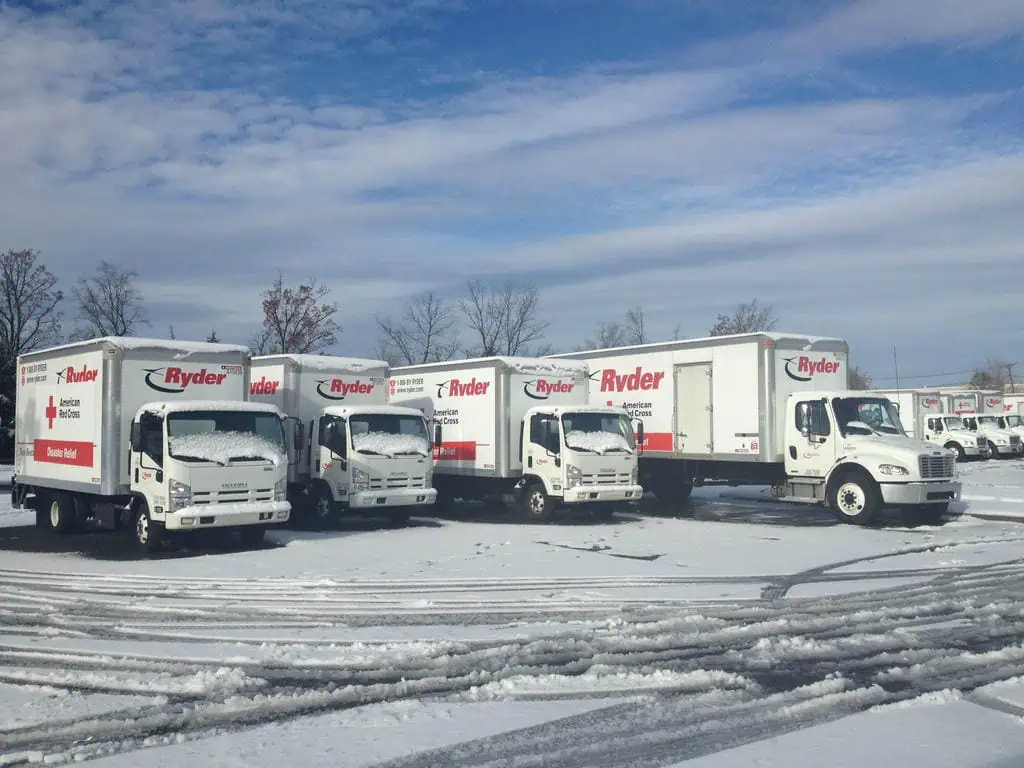 In 1978, upset by how his new company president operated the business, James Ryder quit his own multi-million-dollar baby and dove into a new transportation venture called Jartran. This would be the first in a series of failed business endeavors, and Ryder would eventually find himself back where he started: broke.
In 1978, upset by how his new company president operated the business, James Ryder quit his own multi-million-dollar baby and dove into a new transportation venture called Jartran. This would be the first in a series of failed business endeavors, and Ryder would eventually find himself back where he started: broke.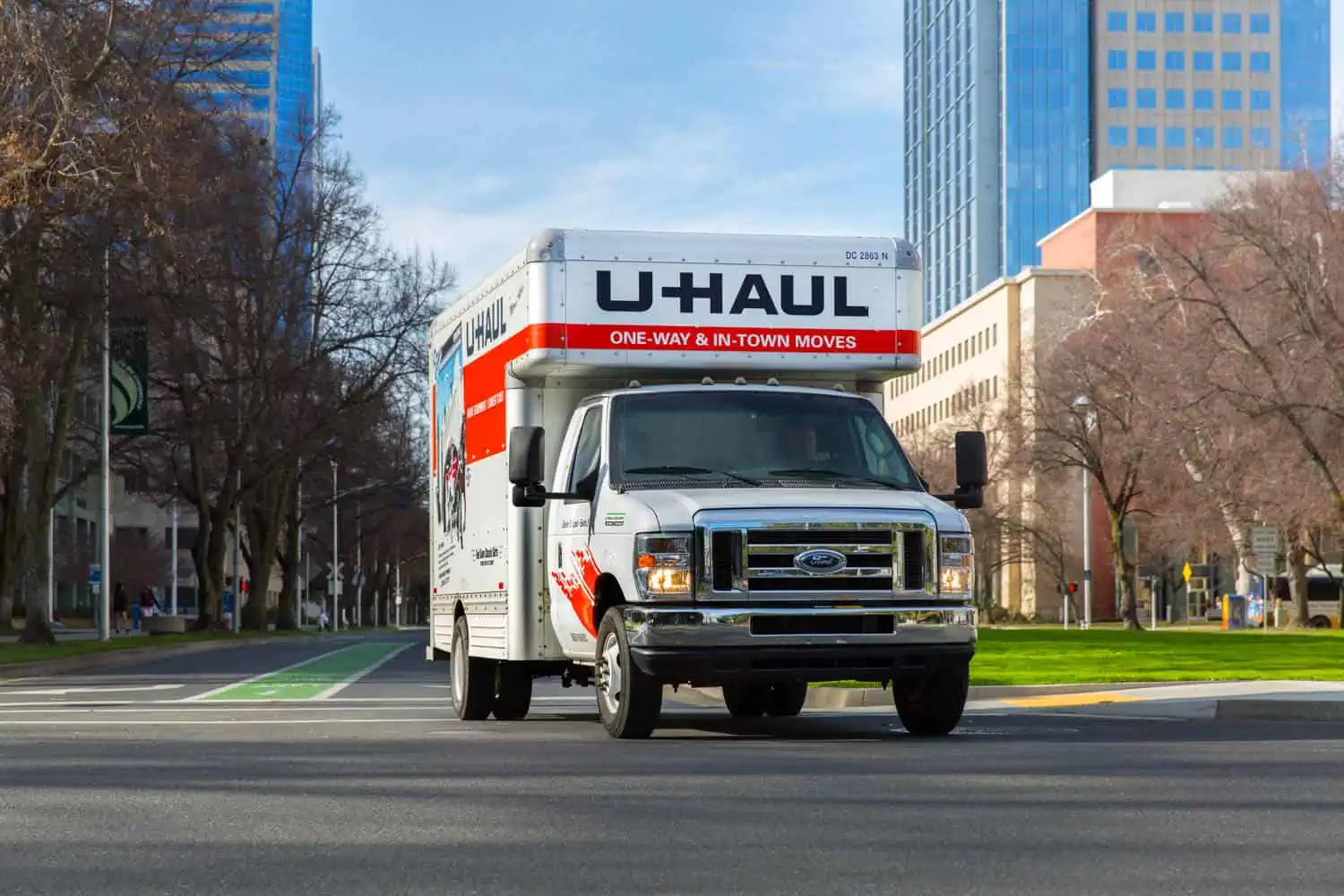
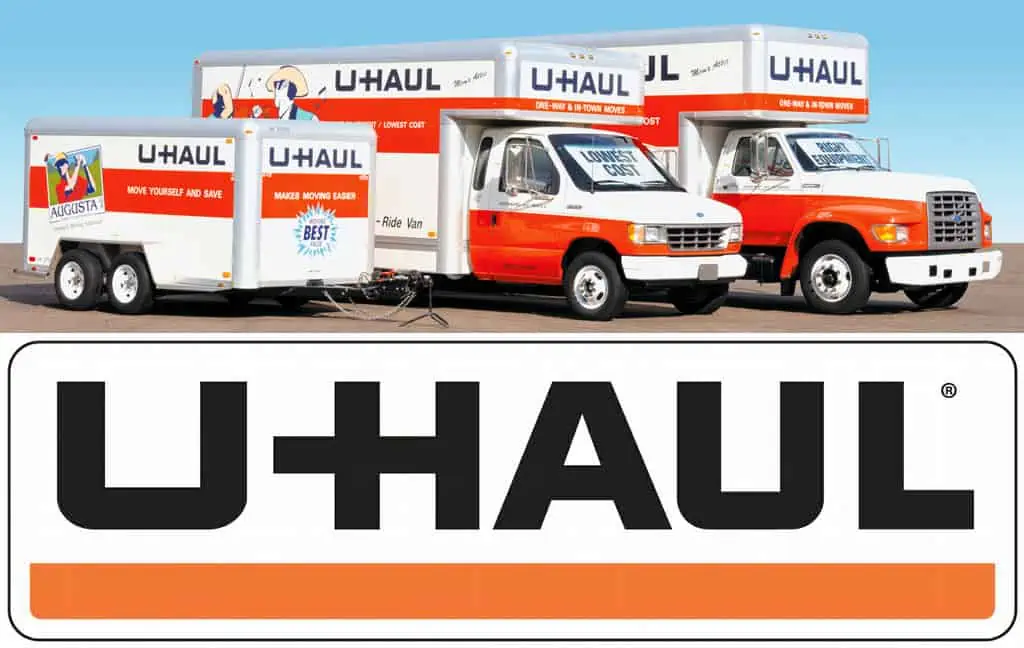 You might guess that Shoen switched to orange to make his trailers more noticeable. And you would be correct. But this was not a marketing or advertising ploy. Early on, Shoen was turning through an intersection when he was hit by an oncoming vehicle. The driver claimed he couldn’t see the black trailer because it was… well, black. Whether this was true or not, Shoen decided to paint his trailers orange and white – similar to highway barricades – to make them more visible for safety’s sake. The added marketing benefit was likely just coincidental.
You might guess that Shoen switched to orange to make his trailers more noticeable. And you would be correct. But this was not a marketing or advertising ploy. Early on, Shoen was turning through an intersection when he was hit by an oncoming vehicle. The driver claimed he couldn’t see the black trailer because it was… well, black. Whether this was true or not, Shoen decided to paint his trailers orange and white – similar to highway barricades – to make them more visible for safety’s sake. The added marketing benefit was likely just coincidental.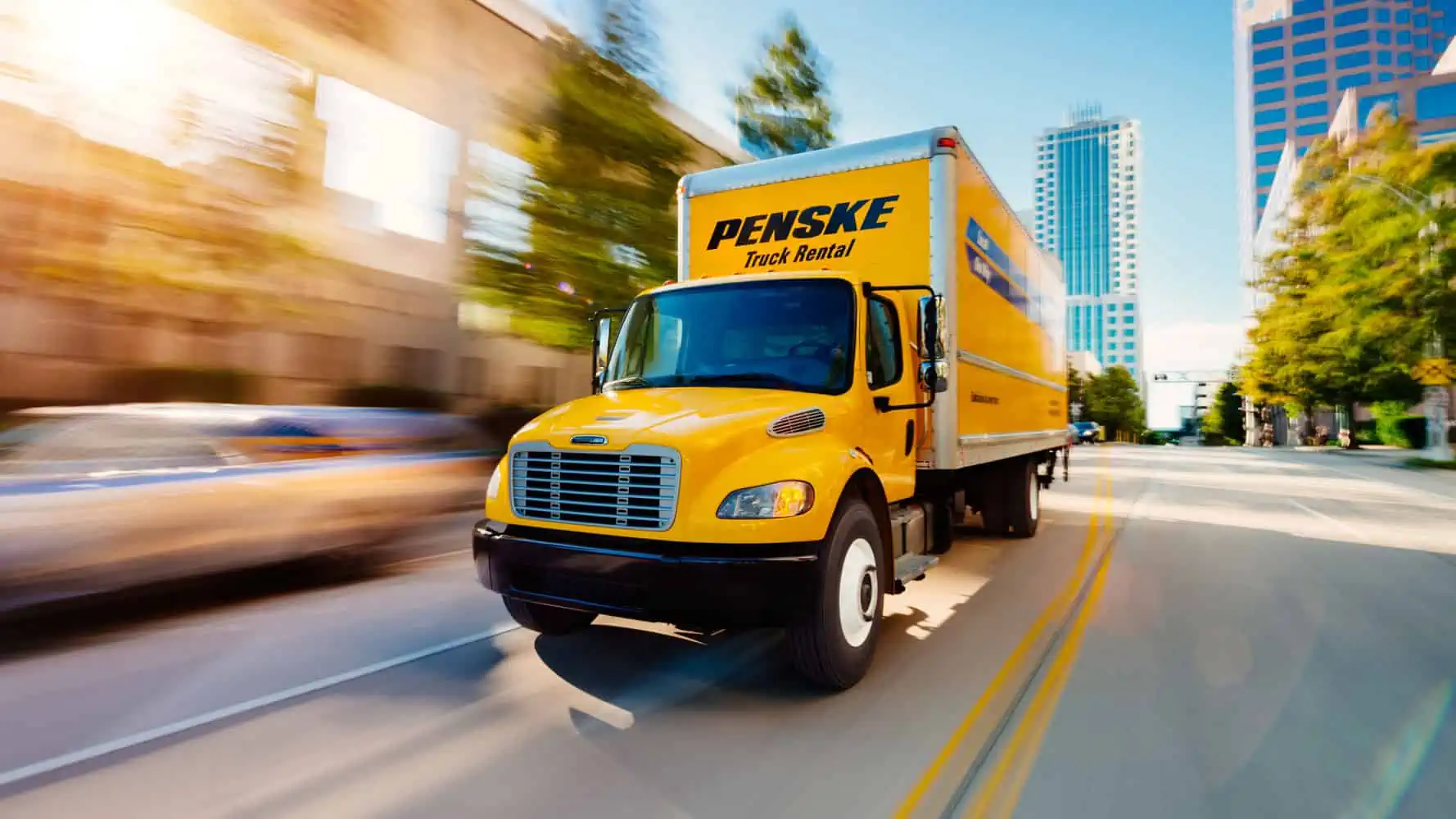

 Because those batteries – those little packs of stored energy – constitute a fire hazard. It’s true. They may look completely harmless lying dead in that drawer, not hooked up to anything. But under the right (see: wrong) conditions, bad things can happen.
Because those batteries – those little packs of stored energy – constitute a fire hazard. It’s true. They may look completely harmless lying dead in that drawer, not hooked up to anything. But under the right (see: wrong) conditions, bad things can happen.



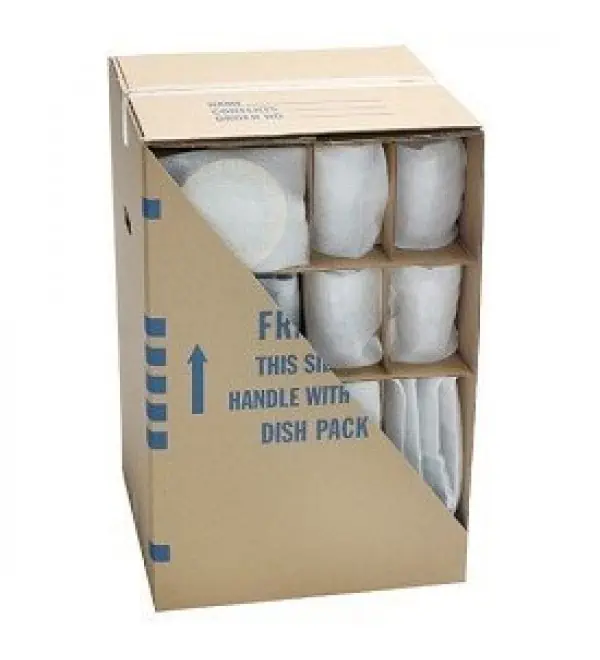

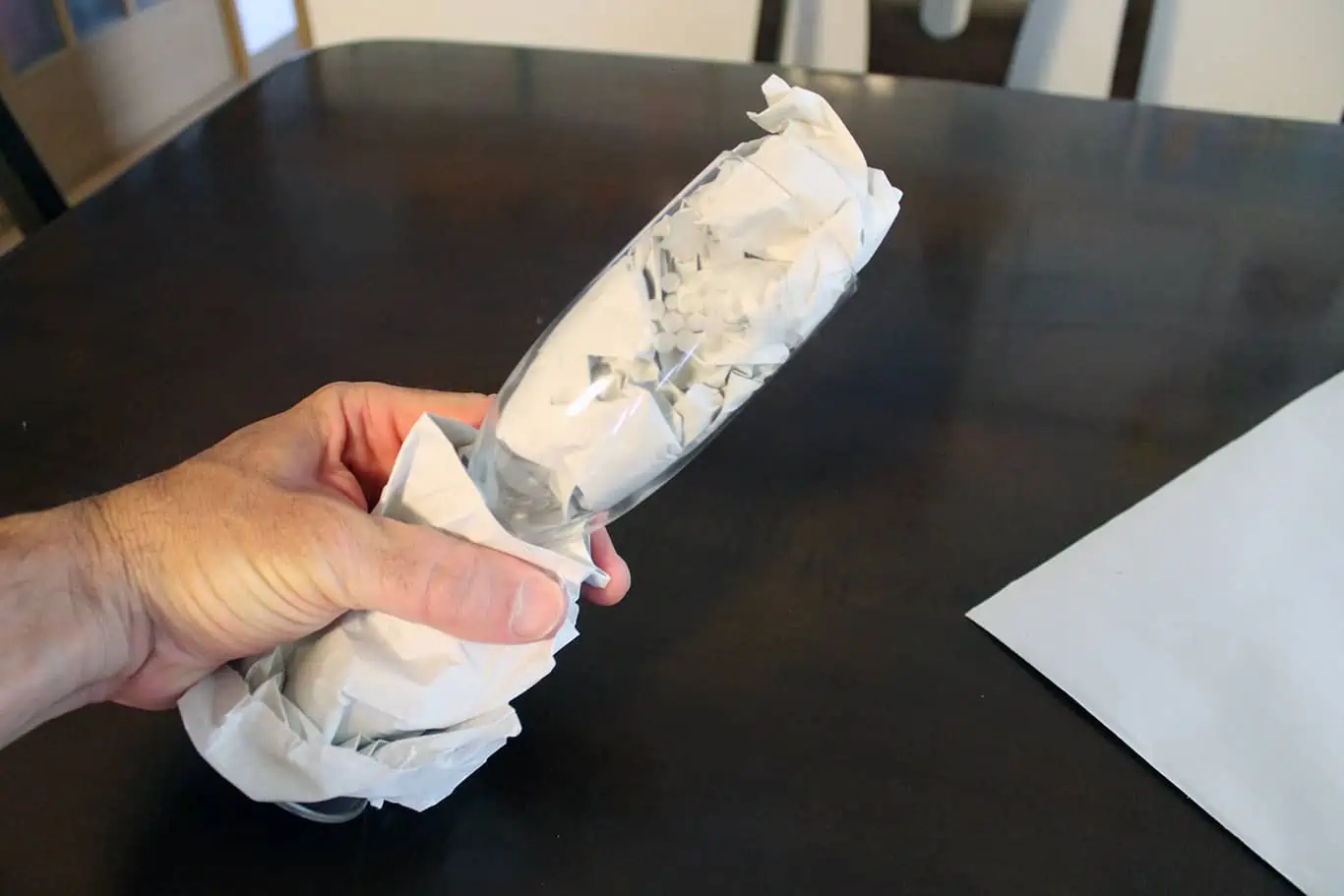



 #1. The nicer the furniture, the more likely you’ll damage it.
#1. The nicer the furniture, the more likely you’ll damage it.






